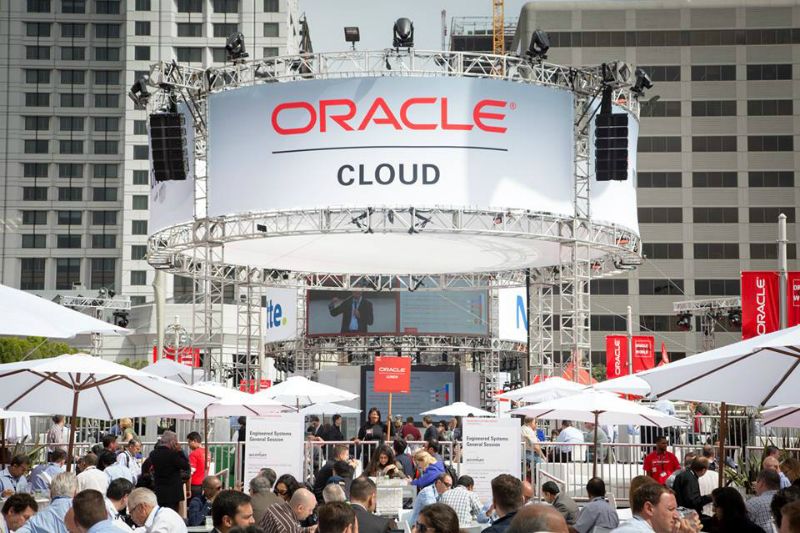 CLOUD
CLOUD
 CLOUD
CLOUD
 CLOUD
CLOUD
Oracle Corp. is wasting no time returning fire at Microsoft Corp.’s announcement last week of the availability of its Azure Stack on-premises cloud offering.
The database and business software giant today is expanding the breadth of services it will deliver via its similar Cloud at Customer service to include its full line of platform as a service offerings and most of its major software as a service applications.
Both Microsoft and Oracle are bidding to bridge the divide between on-premises and public cloud environments with software stacks that provide identical functionality, regardless of where they are deployed. The idea is that customers should be able to move workloads between their own data centers and each public cloud unencumbered by compatibility concerns.
The two companies are taking a somewhat different approach to the task. Whereas Microsoft is working with hardware partners to deliver an integrated package on each partner’s servers, Oracle offers a soup-to-nuts proposition in which it delivers both hardware and software at the same price as it charges for public cloud services.
Oracle said it has the only on-premises software stack from a major public cloud vendor that is 100 percent compatible with its public cloud infrastructure. That makes Oracle’s suite simpler and easier to manage than Microsoft’s, claimed Nirav Mehta, vice president of product management at Oracle.
“With Azure Stack, you have to go to a hardware vendor to provide you with a profile and do the maintenance yourself,” he said. “How do you keep your on-prem environment in sync with the public cloud? In our case, we have a rhythm and a cadence. [On-premises] customers get all patches at the same time as we apply them in public cloud.”
In a bid to further one-up its rival, Oracle said customers will now have access to all of its major PaaS categories, including database, application development, analytics, big data, integration and identity management as Cloud at Customer services. It’s also delivering its enterprise resource planning, human capital management, customer relationship management and supply chain management SaaS apps the same way. That doesn’t cover the full breadth of Oracle’s SaaS offerings, but it hits all the high points.
Pricing for on-premises installation is identical to the public SaaS model, with the exception that customers are required to make a three-year commitment to each service. Oracle configures and ships the necessary hardware and provides field support as necessary. “Customers can place an order for 1,000 seats of ERP and we prepare and ship the hardware so the customer can just fire it up,” Mehta said.
The full-stack offering from Oracle may be simpler, but it comes with a trade-off in flexibility and the risk of lock-in, said Stu Miniman, a senior analyst at Wikibon, owned by the same company as SiliconANGLE. “Oracle can offer deals on hardware/infrastructure since they can make it up on the application and the price of the entire solution,” he said.
“Microsoft still has the most complete set of hybrid cloud offerings,” with its Office 365, Dynamics and other SaaS applications, Miniman said. However, Oracle has a compelling case for customers that want to run a mix of applications. “Cloud is not a winner-take-all space, and most customers are now grappling with how to manage a multicloud environment,” Miniman said.
THANK YOU